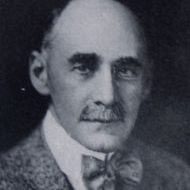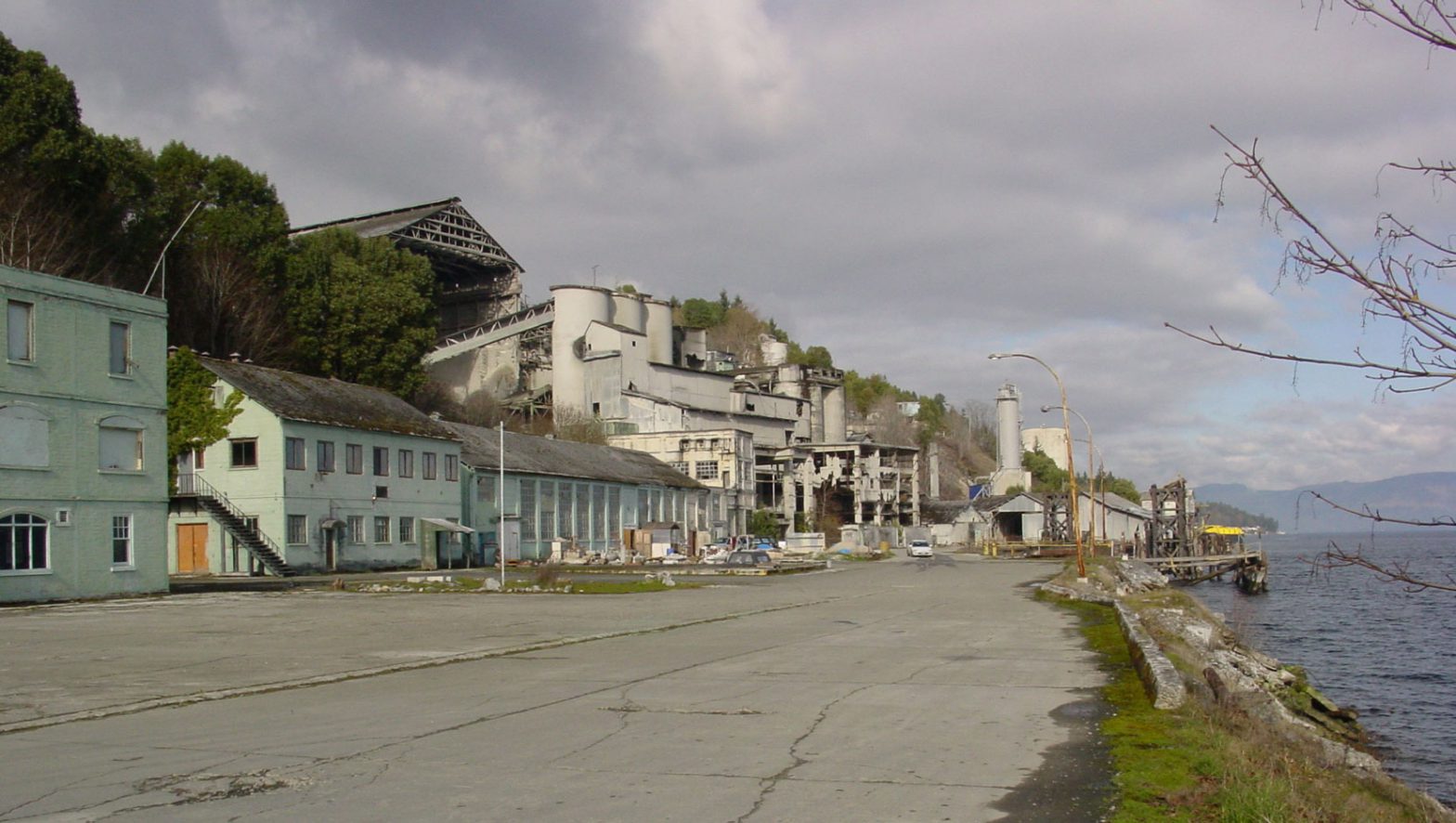Henry Kelway Gwyer Bamber
Henry Kelway Gwyer Bamber was a British civil engineer who was sent to Vancouver Island in 1912 by his employer, the Associated Portland Cement Manufacturers (1900) Limited, to investigate reports of high quality limestone deposits suitable for cement production.
Bamber found significant limestone deposits along Saanich Inlet which led him to recommend that the Associated Portland Cement Manufacturers (1900) Limited make a major investment in a new cement factory at the site.
Based on Bamber’s recommendation, the Associated Portland Cement Manufacturers (1900) Limited built a new cement factory at the site Bamber had identified, which it named Bamberton after Henry Kelway Gwyer Bamber.
Here are some excerpts from Chapter 6 of our Butchart Gardens History:
“….There is some evidence that the Vancouver Portland Cement Company was partially responsible for the British J.B. White and K.B.&S brands maintaining a market share in British Columbia. The Vancouver Portland Cement Company’s Tod Inlet plant, using its own resources, had been unable to completely supply British Columbia’s demand for cement during the economic boom of 1908-1912. In addition to its own production the company had imported almost a million barrels of British cement for resale to its customers.
These large exports of British cement to British Columbia’s only cement producer sparked the curiosity of English producers. The Associated Portland Cement Manufacturers (1900) Ltd. wondered why it was selling so much cement to British Columbia’s single independent cement manufacturer and sent its chief engineer and managing director, Henry Kelway Gwyer Bamber,to Vancouver Island to investigate.
Henry Bamber, a civil engineer with extensive experience in the cement business, quickly discovered that the seams of limestone being quarried by the Vancouver Portland Cement Company at Tod Inlet actually continued under the waters of Saanich Inlet before emerging again at the base of the Malahat, a small mountain on the opposite side of the inlet. The Malahat limestone deposit was already being quarried on a small scale by the Elford Lime works so Bamber had little difficulty securing limestone samples for analysis.
The results of the analysis were impressive. Henry Bamber’s report on the potential of these limestone deposits, and of British Columbia’s booming economy, was so favourable that the British company quickly set up a Canadian subsidiary, the Portland Cement Construction Company, to undertake construction of a new cement plant in British Columbia. Henry Bamber was appointed Managing Director of the new Portland Cement Construction Company.
The estimated cost of the new cement plant proposed for the Malahat on Saanich Inlet was about $1,000,000 (Cdn.). The contract for the plant’s construction was awarded to the McAlpine Robertson Construction Company of Vancouver, B.C., the Canadian subsidiary of one of Britain’s largest construction companies, Robert McAlpine & Sons, of Glasgow and London…..
The new cement plant on Saanich Inlet became known as Bamberton, named for Henry Bamber. Bamberton was intended to supply cement to the west coast of North America as well as to eastern Canada……
….Henry Kelway Gwyer Bamber had no further connection with the Bamberton plant or with British Columbia after the British Columbia Cement Company took over his namesake factory in 1919. He continued his long, active and distinguished engineering career in Britain until his retirement from the cement business in 1923.
Unfortunately, Henry Bamber’s retirement didn’t last long. One Monday in September 1924, The Times of London carried a half column story entitled “Week-End Accidents – Motorists Killed And Injured” reporting the details of three fatal motor vehicle accidents during the previous weekend. Of one of these incidents The Times said, simply:
“A collision between a motor-car and a motor-bicycle and sidecar at the Toll Gate cross-roads at Gravesend on Saturday night resulted in two deaths and injuries to three persons. Mr. H.K.G Bamber, of Stone Castle, Greenhithe, was killed; Mr. Montague K. Bamber, of Columbo, who was staying with his brother at Stone Castle, died in hospital; Mr. Charles Bransted, of Alfred-road, Gravesend, received serious injuries to the head; Mrs. Charles Bransted was injured in the shoulder and back; and Mr. A.K. Bamber, son of H.K.G. Bamber, was slightly injured. Mr. Bamber was driving with his brother and his son in a car on the road from Strood to Dartford and Mr. and Mrs. Bransted were on a motor-bicycle and side-car going from Meopham to Gravesend. The collision occurred at the place where the two roads cross.
Mr. H.K.G. Bamber was one of the greatest experts in the cement business. For 24 years he was managing director of the Associated Portland Cement Manufacturers, and for 12 years managing director of the British Portland Cement Manufacturers. He relinquished these positions at the end of last year.”
Would you like to leave a comment or question about anything on this page?

